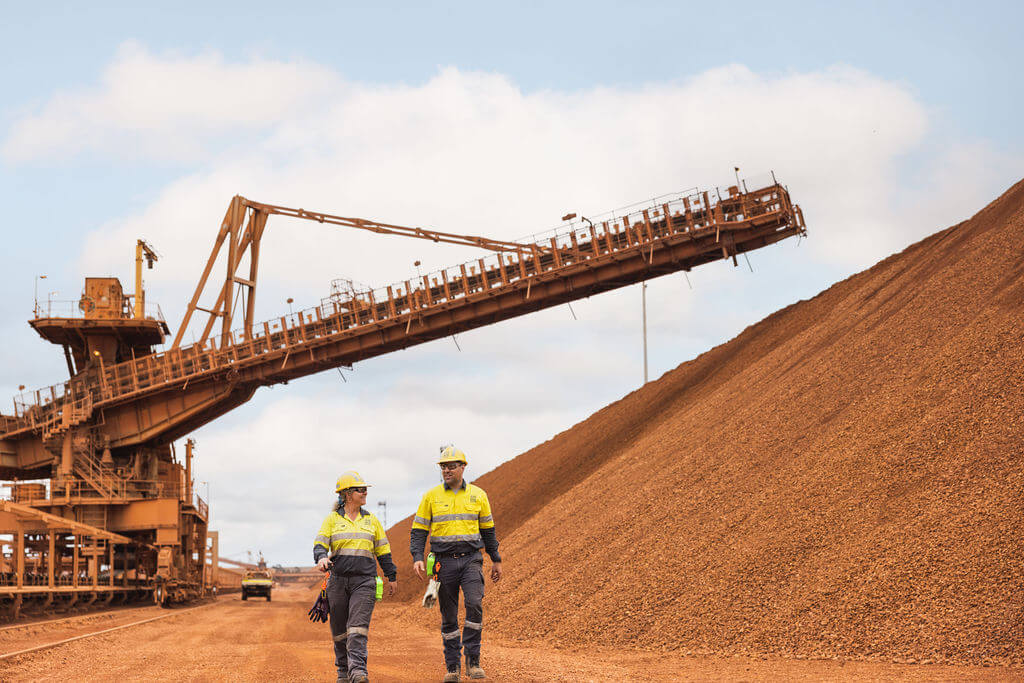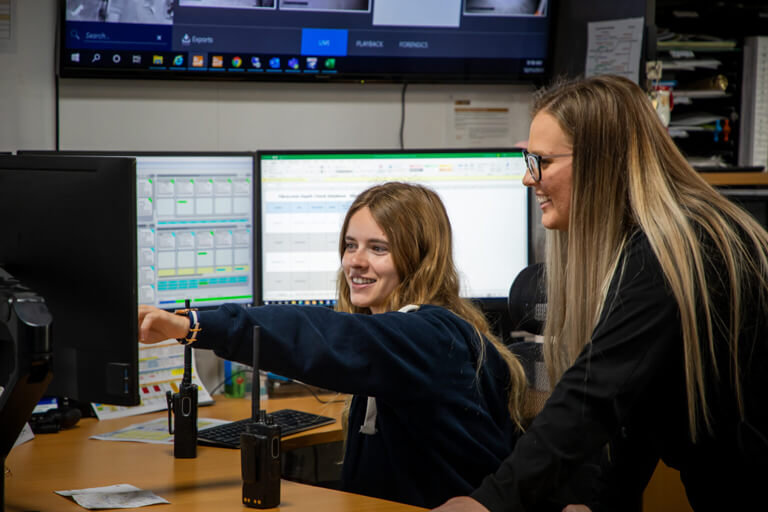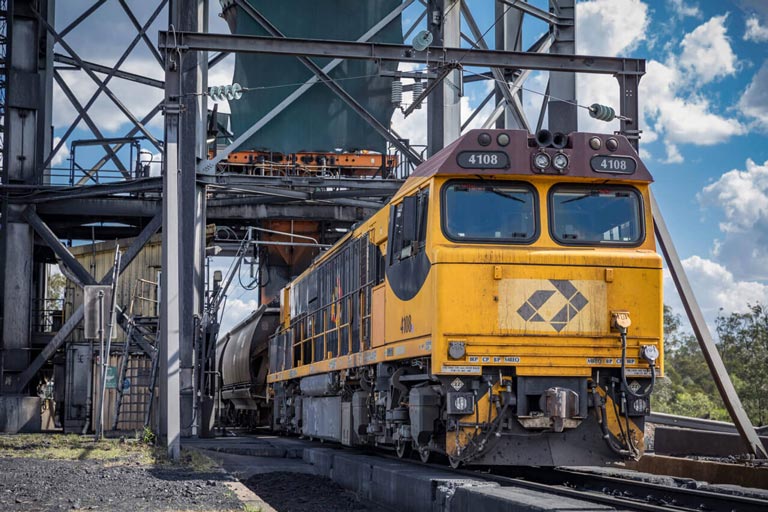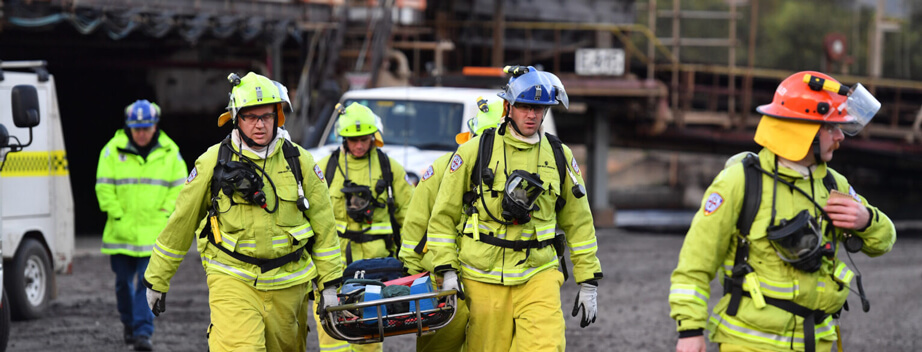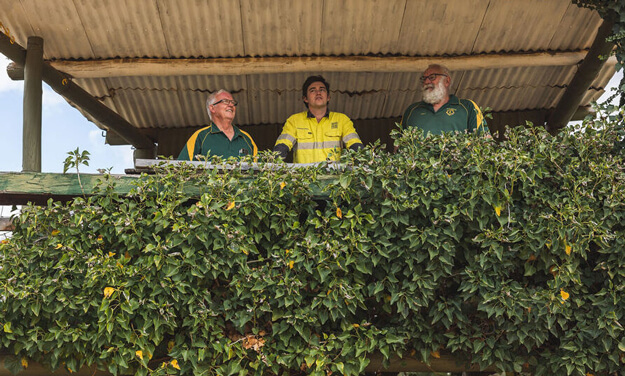Energy and climate change
To achieve net zero emissions, Australia requires a stable policy framework enabling all low emissions technologies to participate in competitive decarbonisation of the economy.
Overview
The MCA and its members have a strong commitment to climate action, supporting the Paris Agreement and an industry ambition of net zero by 2050. The industry is also taking rapid climate action and a proactive approach to research and develop technologies. In 2020, the MCA launched its Climate Action Plan. The focus was on practical actions, technology development, knowledge sharing and increasing transparency. Our sector is already making major investments to significantly reduce emissions such as renewable energy investments and collaborations with partners on low emissions technologies and processes.
There is no doubt that while the merits of climate action are acknowledged and supported by industry, the task remains formidable given the cost, the technological challenge, and the differences in regions and operations.
The Federal Government must continue to work on practical approaches that recognise the scale of the challenge, the mining industry’s determination to contribute, and the economic and social imperative to continue to promote and grow Australian mining as an enabler of the global transition.
To meet demand for electricity storage alone, the world will require 50 new lithium mines, 60 new nickel mines and 17 cobalt mines. Global mining investment is expected to increase by US$100 billion annually from current levels to produce the mineral commodities required for the world to achieve net-zero emissions by 2050.
To build the amount of renewable energy technology required to meet our emissions targets, Australia needs more of our critical minerals out of the ground. More lithium for batteries, more copper for solar panels and transmission lines, and more cobalt for electric vehicles.
Policy priorities
Support the Paris Agreement
Engage with the community and work with governments to meet international emissions reduction targets, as outlined in the MCA’s support for the Paris Agreement.
Facilitating least cost abatement
Ensure Australia’s policy focus remains on facilitating least cost abatement, including access to credible and verifiable international carbon abatement.
Policy settings
Ensure energy intensive and trade-exposed industries remain competitive following changes to the Safeguard Mechanism.
Removing barriers
Remove barriers that slow the deployment of scalable, cost-effective low emission technologies, including nuclear and fossil energy technologies such as carbon capture, utilisation and storage.
Related Policies
Related Articles
What's New






